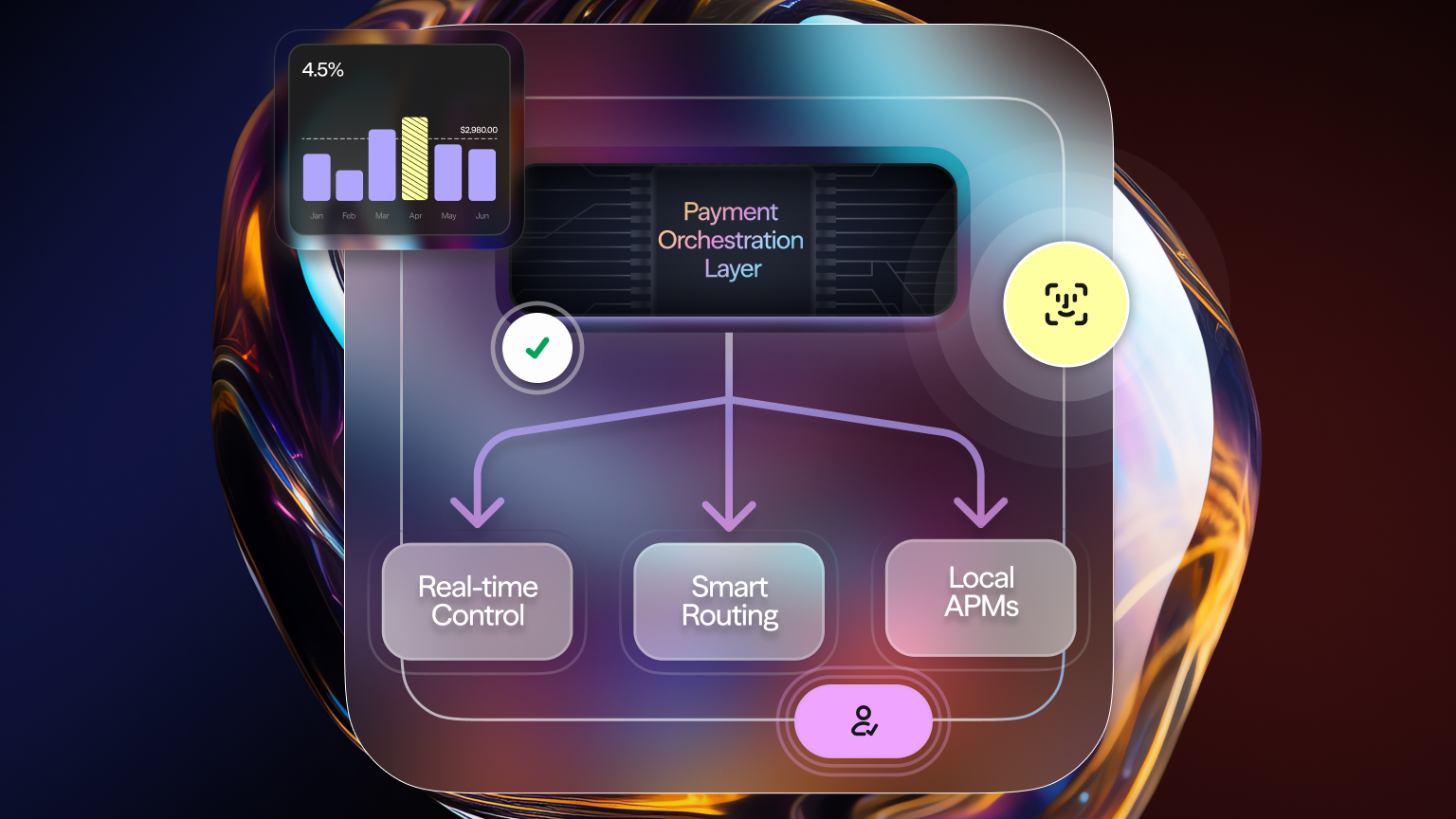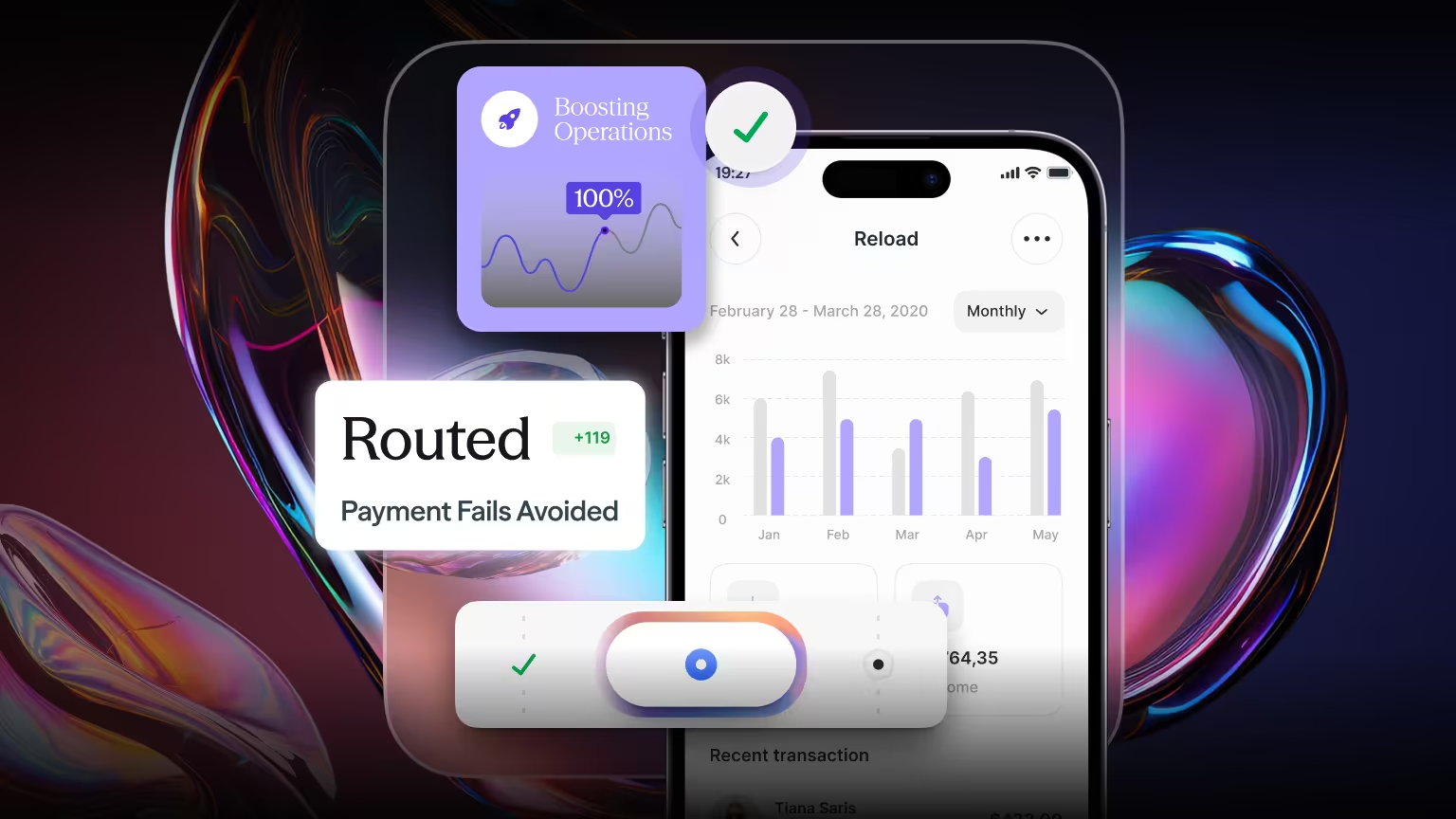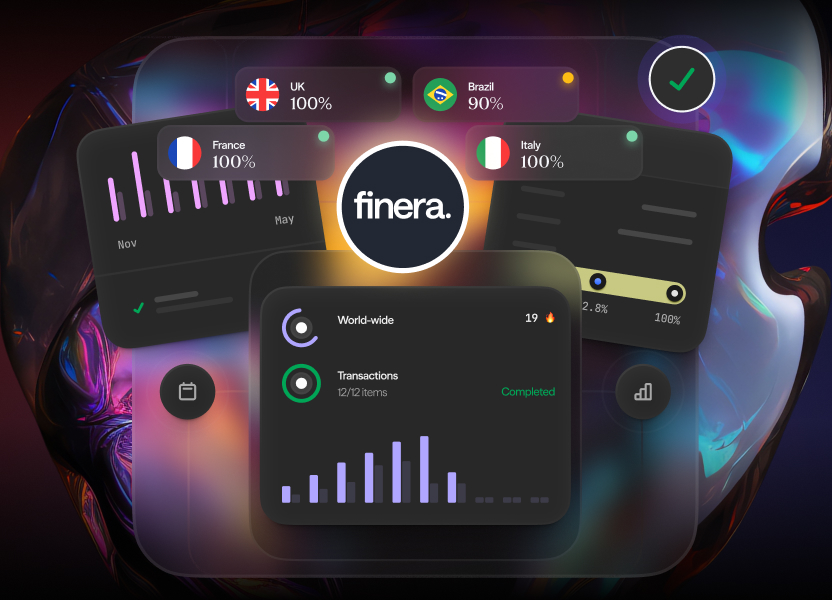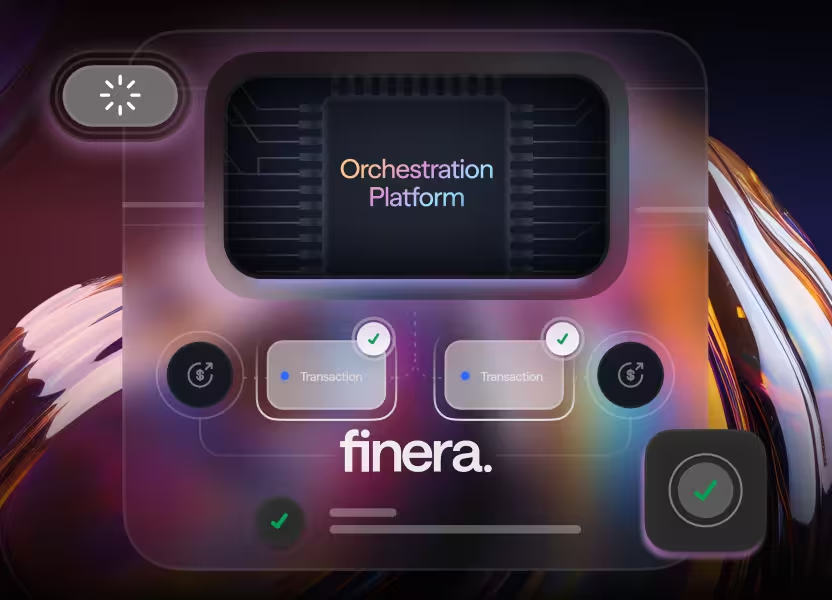Payment Orchestration Layer: Key Benefits
Streamline payments with POL: faster integration, smart routing, and lower costs.

Is your business facing increasing pressure to provide payment experiences that are flexible, fast and reliable? With multiple PSPs, acquirers and local payment methods on the rise, juggling integrations individually can become a serious drain on both time and conversion rates. That’s where a Payment Orchestration Layer (POL) comes in.
What exactly is a POL and why is it the key to scaling payments efficiently? Here’s what every merchant, platform and fintech should know.
What Is a Payment Orchestration Layer?
A Payment Orchestration Layer is a unified technical layer that connects businesses to multiple payment service providers, gateways, local methods and fraud tools, all through a single integration. Unlike traditional payment gateways, where you link each PSP separately, a POL centralises and automates payment flows to optimise acceptance, cost and user experience.
Think of it as the GPS system of your payment stack, intelligently routing transactions, performing PCI‑DSS compliant token storage and handling reconciliation, retries and fraud detection.
The Core Benefits of a Payment Orchestration Layer
1. Faster Speed-to-Market & Seamless Integration
Need to add a local APM or mobile wallet? With a POL, you connect via one unified API, not multiple engines. This drastically reduces integration time.
A traditional approach could take weeks or months per provider, versus a few hours of setup in an orchestration setup. It’s a strategic advantage for businesses expanding across regions or launching new payment methods quickly.
2. Smart, Dynamic Routing
Routing logic is at the heart of orchestration. Instead of sending every payment to the same acquirer, smart routing dynamically selects the best path based on real-time criteria like cost, issuer location, acceptance rate or risk profile.
This leads to:
- Higher authorisation rates by avoiding underperforming PSPs
- Reduced transaction costs by routing to low-fee providers
- Improved resilience, automatically rerouting failed transactions to backups.
3. Superior Customer Experience & Reduced Abandonment
Payment friction is a leading cause of abandoned checkouts. A Payment Orchestration Layer (POL) helps prevent this by enabling embedded and mobile-first checkout flows. These flows maintain your brand experience and reduce the friction caused by redirects.
In short, if your users stay on-site, they are more likely to convert and less likely to churn.
4. Broader Payment Coverage & Customer Preferences
A POL enables access to a wider range of payment methods, whether that’s cards, APMs, country-specific wallets or BNPL. This flexibility helps businesses meet customer expectations across regions and demographics without separate integrations.
5. Lower Costs Through Efficient Routing
Routing logic also helps with cost control. By dynamically selecting low-fee providers and avoiding expensive transaction paths, businesses can reduce processing and chargeback costs.
Moreover, centralised integration reduces the overhead of managing multiple contracts and maintenance pipelines. That matters for long-term margins.
6. Resilience & Vendor Independence
Single-provider dependencies carry risk: downtime, policy changes or unexpected performance drops can disrupt payment flows. POLs offer built-in redundancy and vendor neutrality, meaning routing can switch providers instantly during outages, keeping your checkout live.
This flexibility empowers negotiation leverage and continuity, even if a PSP changes terms or becomes unreliable.
7. Enhanced Analytics and Reporting
Orchestration centralises payment data, creating a unified dashboard for performance, fees, declines and routing patterns. Merchants can analyse in real time and drive strategic decisions, such as selecting the most reliable PSPs for each geography or card scheme.
Such insights are crucial not just for finance teams, but for product, marketing and leadership too.
8. Improved Fraud Prevention & Compliance
Most POLs include built-in token vaults, unified 3DS engines and fraud detection workflows, reducing development overhead and standardising security across providers.
This not only enforces PCI‑DSS compliance but also improves chargeback and risk management, especially helpful when operating across diverse geographies.
How Payment Orchestration Works: A Typical Flow
An orchestration layer manages payment routing like this:
- The customer selects a payment method at checkout (fully managed within your environment).
- POL logic evaluates based on routing rules (cost, location, method).
- Request goes to the selected PSP or acquirer; if it fails, orchestration reroutes to alternatives.
- Once authorised, POL provides status and consolidates settlement and reporting.
- Integrated token storage, retries and risk checks happen as needed.
Who Benefits Most from a Payment Orchestration Layer?
A Payment Orchestration Layer (POL) is not just for enterprise-scale companies. It delivers tangible benefits to a wide range of businesses, particularly those dealing with payment complexity across geographies, channels or customer segments.
Global merchants and cross-border platforms often face the challenge of accommodating local preferences and regulatory environments. For these businesses, a POL simplifies access to local acquirers and alternative payment methods (APMs), ensuring better performance and compliance in each region. Instead of building and maintaining integrations individually, the orchestration layer enables rapid expansion into new markets with far less engineering overhead.
Even fast-growing SMEs can take advantage of orchestration. As they scale into new markets or increase their transaction volumes, a POL removes the need to re-architect their stack. It gives them access to enterprise-grade payment capabilities, smart routing, tokenisation and multi-acquirer setup, without building a large in-house payments team.
Over time, this can reduce operational costs and improve agility, allowing smaller businesses to compete with larger players on payment performance.
Finera: Your Orchestration Advantage
At Finera, we deliver a flexible and high-performance payment ecosystem purpose-built for global businesses. Our Payment Orchestration infrastructure connects you seamlessly to multiple card acquiring partners, alternative payment methods (APMs), open banking solutions and supports multi-currency flows, all through a single integration. With intelligent smart routing at its core, Finera ensures each transaction is routed for optimal approval, cost-efficiency and speed. Backed by 24/7 support, we help businesses reduce operational complexity, improve conversion and scale payments confidently across markets and channels.
Start Optimising Payments Today
A Payment Orchestration Layer is not just a technical improvement. It turns payment operations into a strategic growth lever, optimising both cost and acceptance in real time.
Talk to our team today to find out how Finera can power smarter, more resilient payment infrastructure and help your business thrive.
Stay Connected with Us!
Follow us on social media to stay up to date with the latest news, updates, and exclusive insights!






